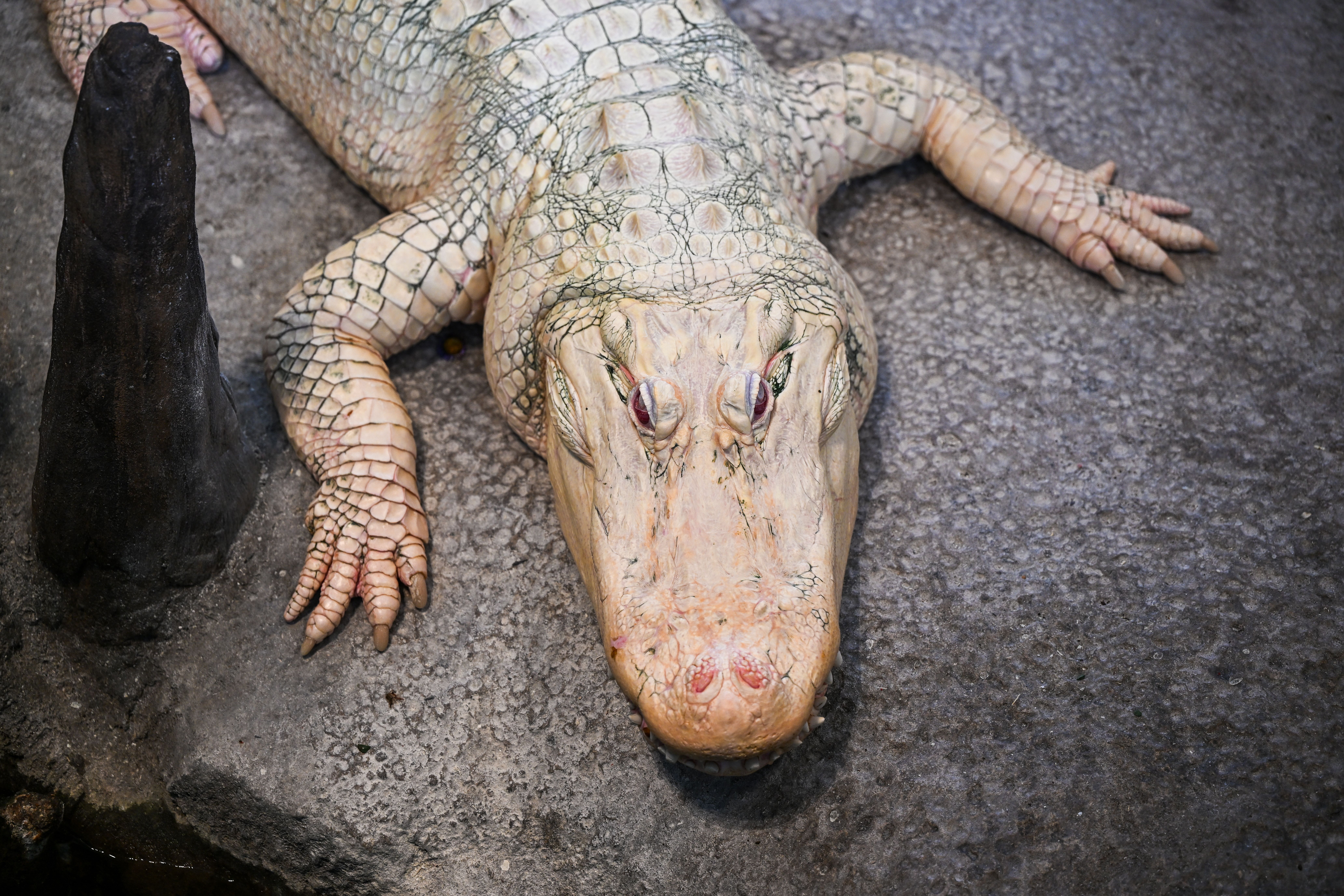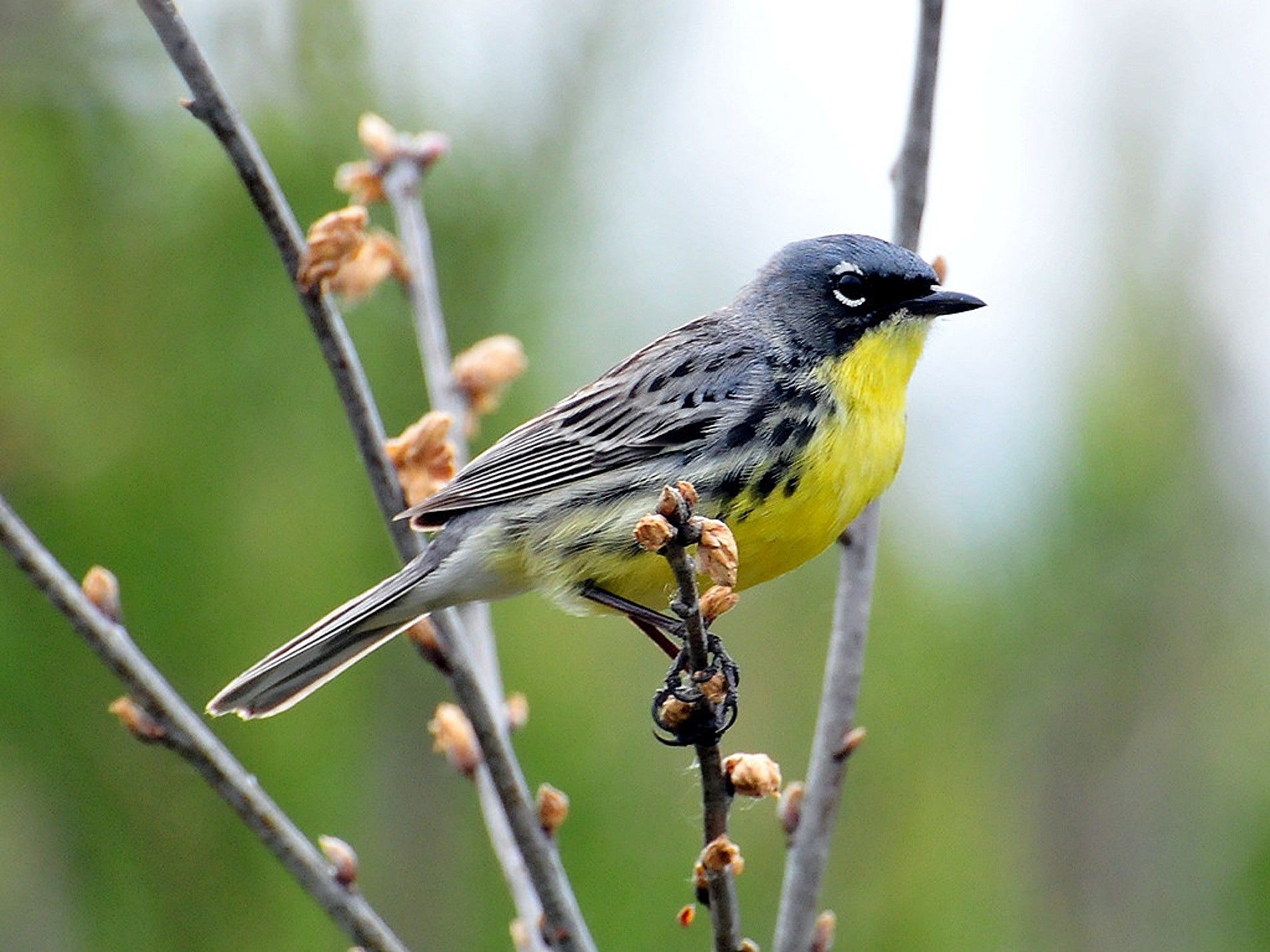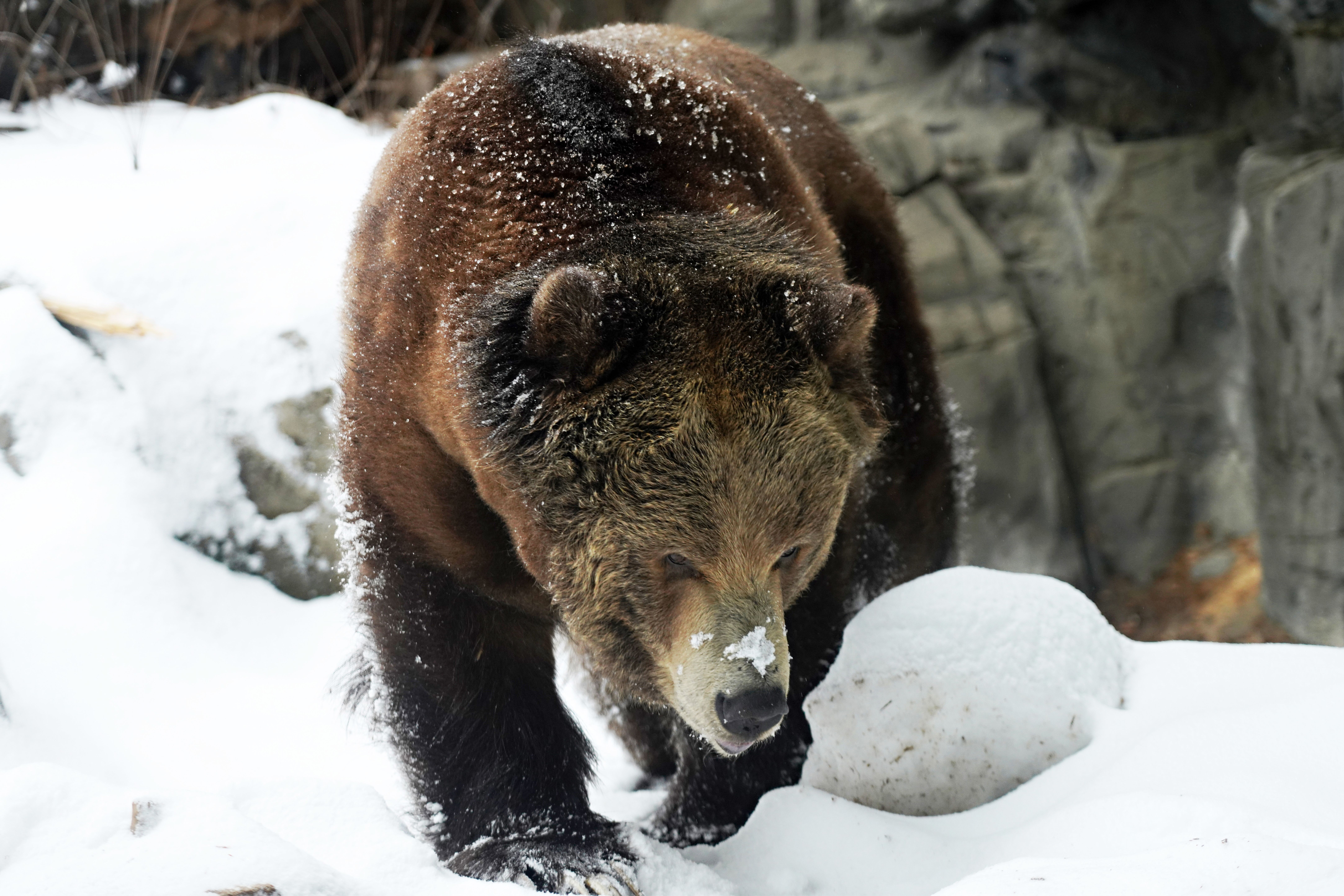In Photos: Species saved by 50 years of Endangered Species Act

Thursday marks the 50th anniversary of the Endangered Species Act — one of the U.S.' most pivotal attempts at saving threatened wildlife.
Why it matters: The act has helped save hundreds of species from extinction, per the Department of the Interior, though a lack of funding and efforts to weaken the act among lawmakers have posed challenges to the law.
The big picture: In an effort to protect threatened wildlife, then-President Nixon signed the Endangered Species Act on Dec. 28, 1973.
- Nixon said the act would give the federal government the authority to identify endangered species early on and the "means to act quickly and thoroughly" to prevent species from becoming extinct, per the American Presidency Project at UC Santa Barbara.
- "Nothing is more priceless and more worthy of preservation than the rich array of animal life with which our country has been blessed," Nixon added.
- The Endangered Species Act was also designed to "promote the conservation of ecosystems and habitats necessary for the survival of those species," according to the Interior Department.
Between the lines: In recent years, several lawmakers have sought to weaken the law, which the nonprofit conservation organization Defenders of Wildlife mainly attributes to "economic interests."
- Decades of "inadequate" funding for recovery actions has impacted the effectiveness of the act, per a 2022 study.
Here's a look at just five of the many species, previously at risk of extinction, which have had major comebacks since the act's passage.
Bald eagles
- The bald eagle, a prominent American symbol and the country's national bird, was at risk of extinction by the mid-1900s, per the Interior Department.
- The future of bald eagles grew uncertain thanks to food source contamination mainly driven from DDT, habitat destruction and degradation in addition to illegal shooting, the Interior Department notes.
- In 2007, the bald eagle was no longer on the endangered species list.
- The Interior Department estimated a bald eagle population of 316,700 in the lower 48 states as of 2021.

American alligators
- In 1967, the American alligator was listed as endangered, per the Interior Department, which notes that "market hunting and habitat loss" had mainly contributed to the alligators' low population numbers.
- The act's protections helped get them off the endangered species list in 1987.
- In Louisiana, one of the alligators' primary homes, its gator population had dropped below 100,000 when the act was enacted.
- Today, it numbers over 2 million, Axios New Orleans' Chelsea Brasted writes from Louisiana Wildlife and Fisheries data.

Kirtland's warblers
- The Kirtland's warbler, placed on the endangered species list in 1973, faced "habitat loss and parasitism," per the Interior Department.
- The bird's population grew from "170 breeding pairs in the 1970s and '80s" to "2,300 breeding pairs in 2019" — the same year it was removed from the endangered species list, per the department.

Grizzly bears
- Grizzly bears' populations plummeted after government-funded bounty programs were implemented in the 19th century, according to the U.S. Fish and Wildlife Service.
- They were also threatened by habitat loss to the resources industry and logging, per the Endangered Species Coalition.
- Thanks to the act's protections and help from conservation organizations, nearly 2,000 grizzly bears now reside in the contiguous U.S., National Geographic notes.

Green sea turtles
- Many green sea turtle populations have been rising since the act's passage, according to NOAA, which notes some of the threats they still face, such as climate change and habitat loss.
- "Nesting in the state of Florida increased from around 4,000 nests in the 1980s to more than 230,000 in the 2010s," per NOAA.
Go deeper: The American alligator is an Endangered Species Act win